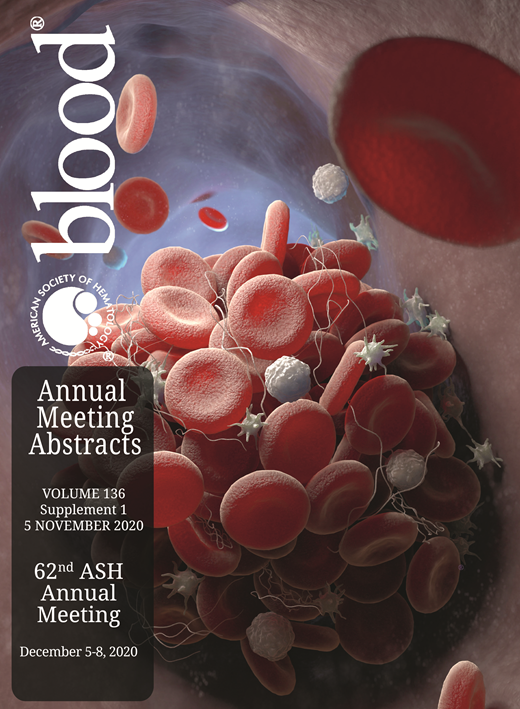Introduction
Poor prednisolone response in the induction phase of treatment is a risk-stratification marker in the current Dutch DCOG ALL-11 treatment protocol. Physiological or mutational activation of the IL7-receptor (IL7R) provokes steroid resistance in T-ALL. Moreover, relapsed T-ALL patients that harbor IL7R or RAS mutations are considered as an ultra-high-risk group with extremely poor outcome.
Aim
We studied the contribution of two key IL7R downstream pathways (STAT5B and MAPK-ERK respectively) to steroid resistance in order to optimize future treatment regimens.
Results
To date, IL7-dependent steroid resistance has been proposed to depend on IL7-induced JAK-STAT signaling and subsequent BCL2 upregulation. Here, we demonstrate that the transforming STATBN642H mutation does not impair steroid sensitivity despite a paradoxical upregulation of BCL2 and BCLXL following steroid treatment. We therefore hypothesized that other pathways contribute to IL7-dependent steroid resistance in T-ALL. By studying T-ALL PDX samples, we observed that physiological IL7-signaling can activate the MAPK-ERK pathway in IL7-dependent and IL7-independent steroid resistant PDX cells.
Similar to mutational-driven MAPK-ERK signaling (e.g. by activating IL7R, JAK1 or NRAS mutations), IL7-induced MAPK-ERK signaling leads to the inactivation of the pro-apoptotic protein BIM by inhibitory phosphorylation of both BIM-EL and BIM-L isoforms. By mass spectrometry, we observe that phosphorylated BIM specifically decreases its physical interaction with Aurora kinase A and Bcl-2 family members BMF, BCL2, BCLXL and MCL1, which alters the apoptotic threshold and effectuates steroid resistance.
The JAK1/2-inhibitor ruxolitinib and MEK-inhibitor selumetinib are considered for future basket-treatment protocols in IL7R/JAK-STAT-activated or MAPK-ERK-activated leukemias respectively. We demonstrate that both ruxolitinib and selumetinib prevent IL7-induced MAPK-ERK signaling in T-ALL PDX cells. Moreover, ruxolitinib and selumetinib abolish BIM phosphorylation in mutant JAK1-overexpressing SUPT-1 cells, which restores the binding of BIM to BCL2, BCLXL and MCL1. Only selumetinib restores the function of BIM in wild type or mutant NRAS overexpressing SUPT-1 cells, indicating that ruxolitinib only blocks MAPK-ERK signaling in the context of 'upstream' (e.g. mutant IL7R/JAK1 or IL7-induced) pathway activation.
Surprisingly, none of our 46 PDX samples respond to ruxolitinib treatment in the absence of IL7, while the majority of these samples demonstrate a robust response towards MEK-inhibition. IL7-dependent steroid resistant PDX samples do respond to ruxolitinib treatment in the presence of IL7, while IL7 exposed IL7-independent steroid resistant PDX samples remain unresponsive to ruxolitinib. We therefore conclude that the therapeutic effect of ruxolitinib is dependent on an IL7-protective effect, limiting its therapeutic application to a selective subset of T-ALL patients. When we combine prednisolone treatment with selumetinib or ruxolitinib, we observe that ruxolitinib only synergizes with prednisolone in IL7-dependent steroid resistant PDX samples in the presence of IL7. Importantly, combination treatment with prednisolone and selumetinib acts highly synergistic in IL7-dependent and IL7-independent steroid resistant samples in the presence and absence of IL7.
Conclusion and clinical relevance
In addition to described JAK-STAT and PI3K-AKT signaling, our study demonstrates that IL7-induced signaling activates the MAPK-ERK signaling pathway, which actively contributes to IL7-dependent steroid resistance. We demonstrate the central importance of MAPK-ERK signaling in T-ALL, whereas all T-ALL PDX samples tested highly benefit from combined prednisolone and selumetinib treatment. Ruxolitinib only acts synergistically with steroids in the context of IL7-dependent steroid resistance. Moreover, our data proposes that this synergistic effect may (in part) depend on the anti-MAPK-ERK effect downstream of JAK1/2-inhibition. Combined, our study strongly supports the enrollment of T-ALL patients in the current phase I/II SeluDex trial (NCT03705507), and contributes to the optimization and stratification of newly designed T-ALL treatment regimens.
Bourquin:Servier: Other: Travel Support. Vormoor:AstraZeneca: Research Funding.
Author notes
Asterisk with author names denotes non-ASH members.

